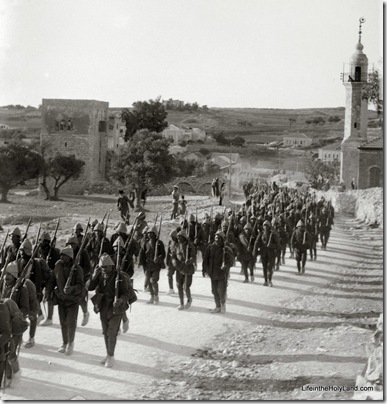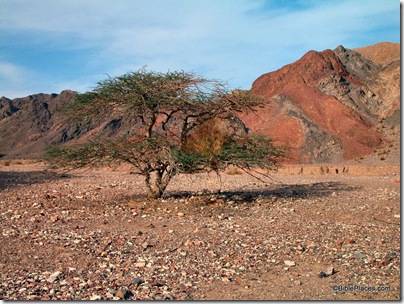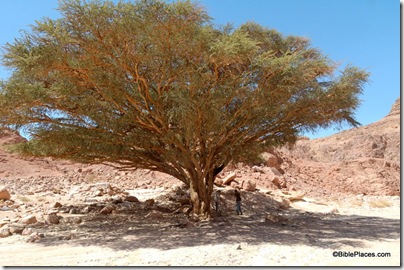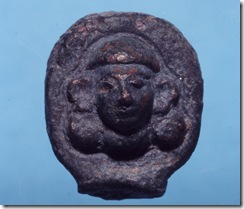An Ottoman weapon was found by conservationists restoring the Old City wall of Jerusalem. Police sappers were called on to destroy the 100-year-old object. From Haaretz:
A 100-year-old Turkish hand grenade was recently discovered during conservation work being conducted near the Damascus Gate in Jerusalem’s Old City, the Israel Antiquities Authority announced on Wednesday.
A conservation team from the authority, under the direction of conservator Fuad Abu Taa, on Monday was dismantling fragments of crushed stone that needed to be replaced in the city wall, when they found a fist-size chunk of metal in the wall’s core.
The story continues here (with photo).
This photo is from the Early 20th-Century History volume of The American Colony and Eric Matson Collection (Library of Congress, LC-matpc-06378).
In May, we posted a then and now photo of Damascus Gate.




